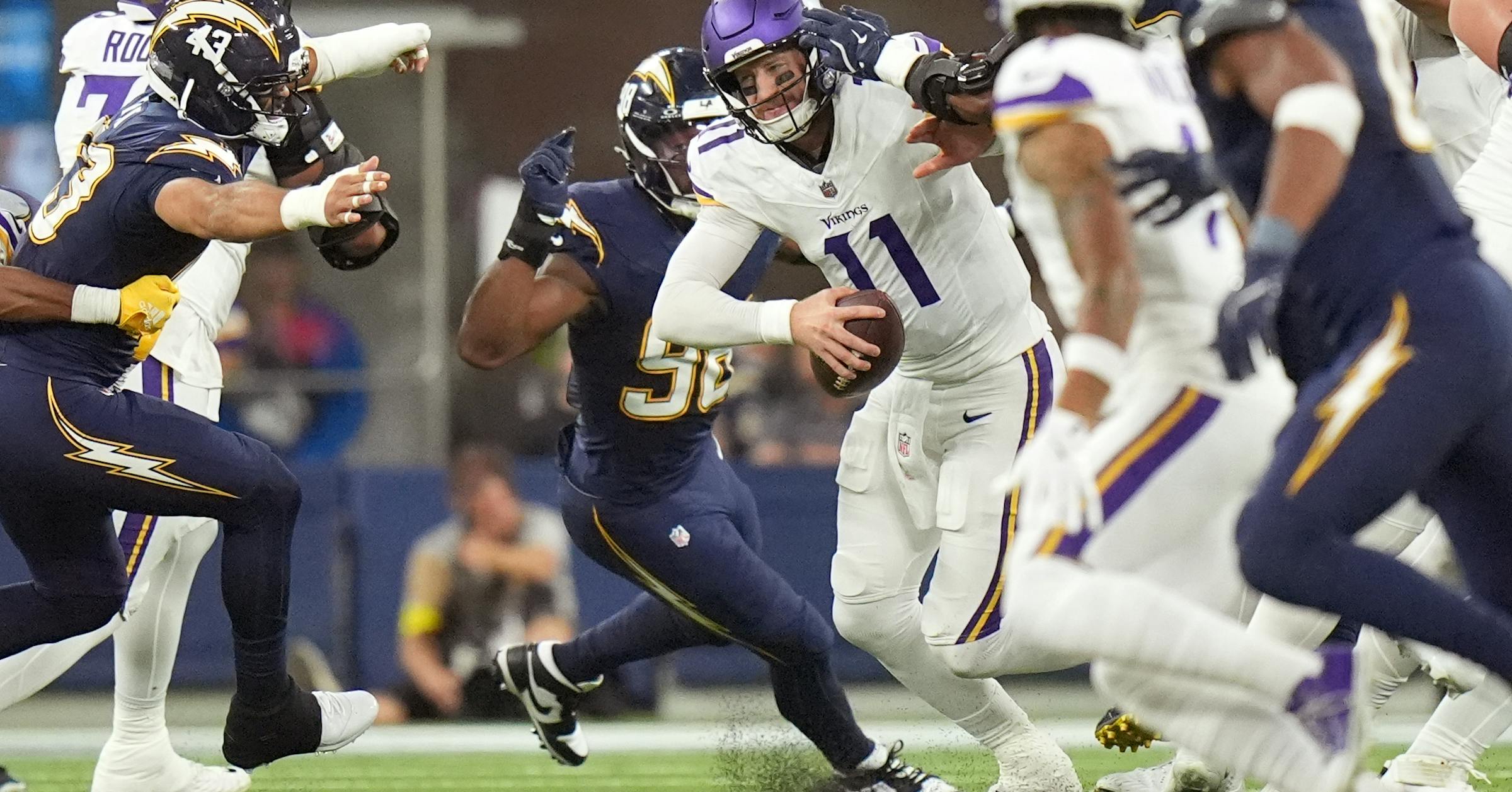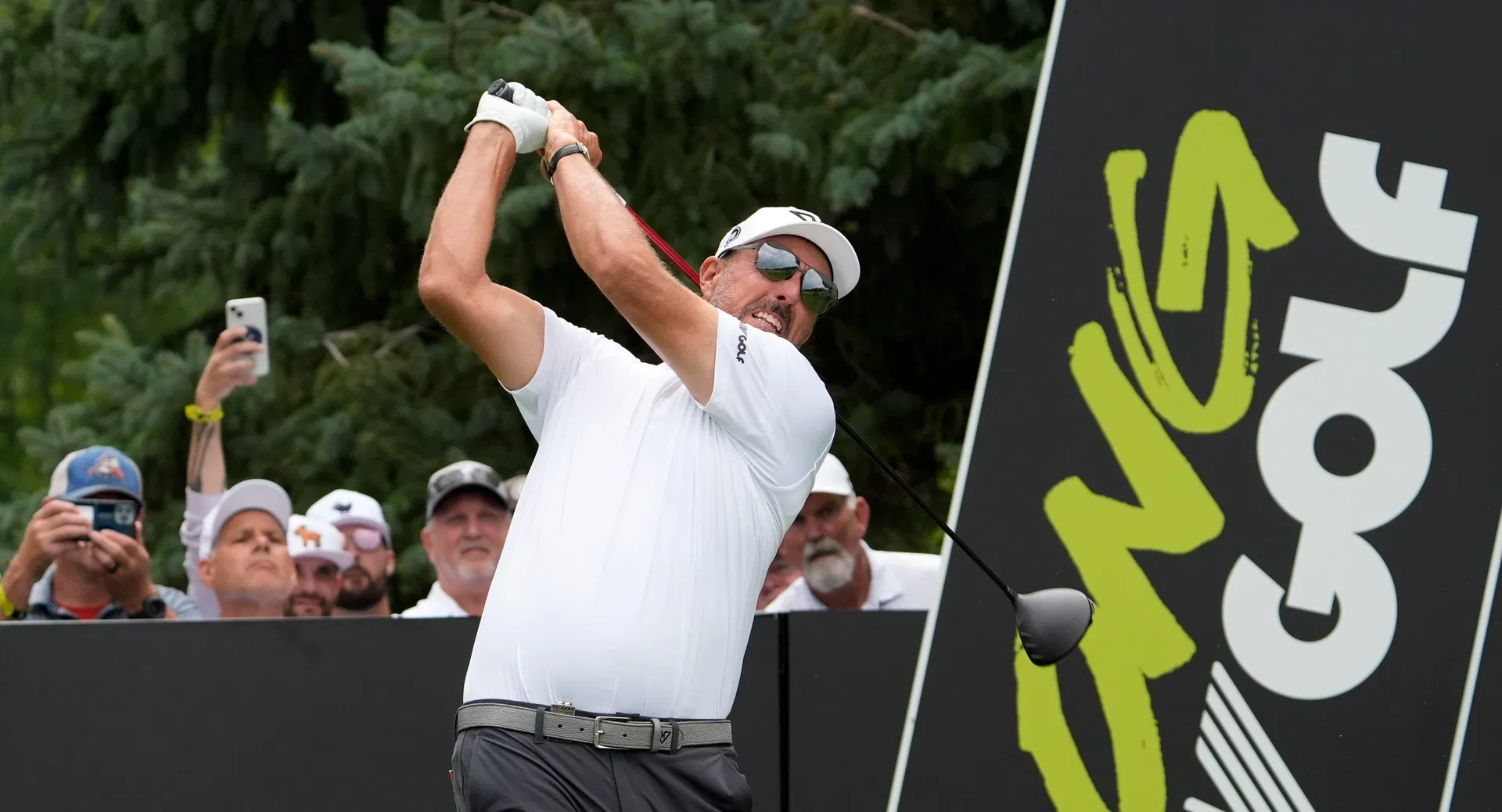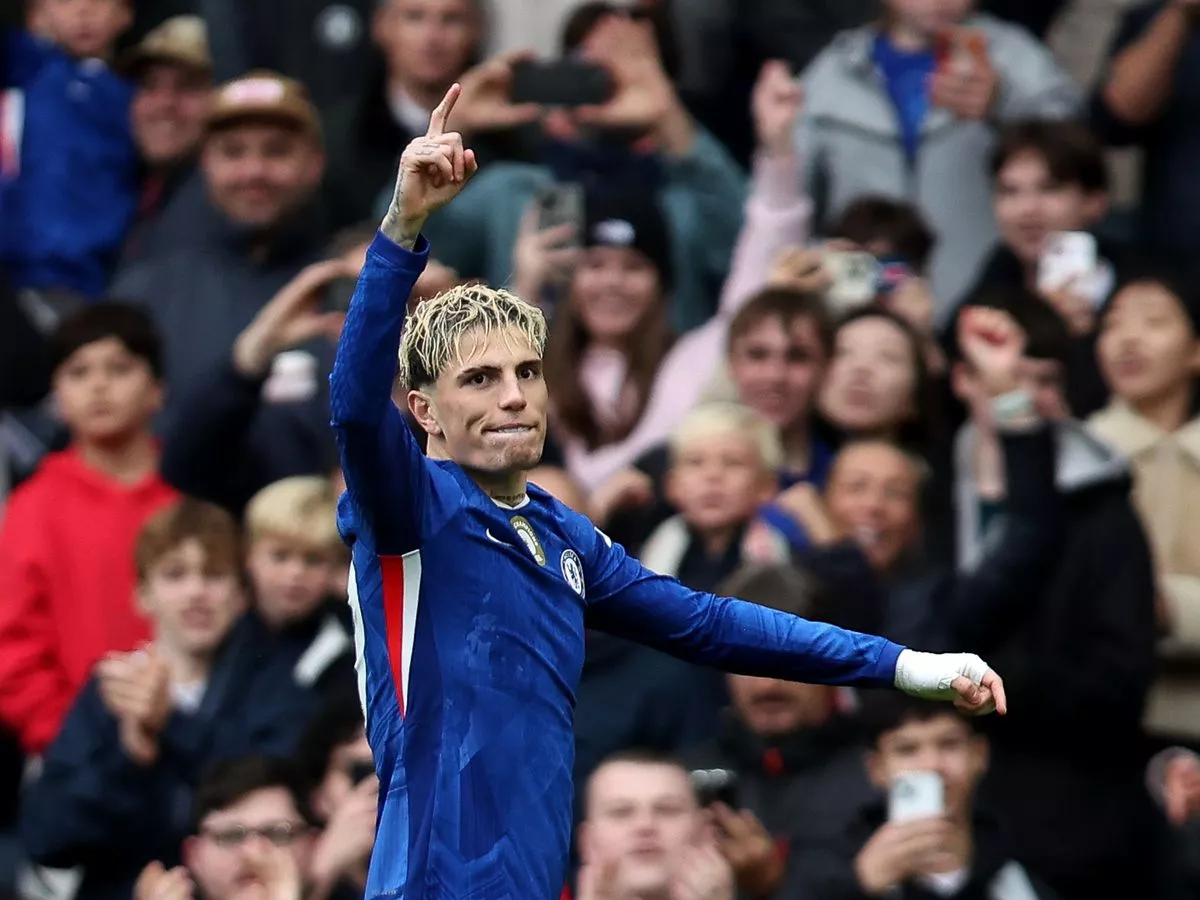Copyright startribune

Flush with salary cap space this offseason in their first year with Kirk Cousins’ contract off their books, the Vikings pursued an ambitious plan to bolster their team from the inside out. Coach Kevin O’Connell highlighted the need for interior offensive line upgrades from the postgame podium on Jan. 13, after the Vikings’ season had ended with nine sacks in a wild-card loss to the Rams. The Vikings signed Colts center Ryan Kelly to a two-year contract, gave his teammate Will Fries a five-year deal worth $88 million and used their first-round pick on Ohio State guard Donovan Jackson. They also pursued more interior pass rush, meeting with multiple defensive tackles in the pre-draft process while talking with Jonathan Allen’s Minneapolis-based representatives after the former Pro Bowler was released by the Commanders. The Vikings gave Allen a three-year, $51 million deal and signed Javon Hargrave for $30 million over two years shortly after he was released by the 49ers. The Vikings felt good enough about the two veterans, as well as depth pieces like Jalen Redmond and Levi Drake Rodriguez, that they traded Harrison Phillips to the Jets in August. All told, the Vikings committed more than $300 million to players this offseason, between the free agents they added and the players from their 2024 roster they re-signed. It followed General Manager Kwesi Adofo-Mensah’s offseason manifesto about building a team “that could win any type of fight,” and, the Vikings hoped, surrounded J.J. McCarthy with enough proven talent that the 22-year-old quarterback wouldn’t have to display full mastery of the position in his first months as a starter for the team to win. Nearly eight months after they started the plan, and seven games into a season that’s grated on their nerves, the Vikings face deep uncertainty and daunting future costs along both lines of scrimmage. They’ve used 10 different offensive linemen in seven games and still haven’t played a snap with their five preferred starters. They’ve given up at least two sacks in every game, and on Thursday night, the Chargers pressured Carson Wentz on 40.6% of his dropbacks despite blitzing him just 15.6% of the time. As O’Connell grew concerned about the Vikings executing in the run game with right tackle Brian O’Neill out, as well as Christian Darrisaw and tight end Josh Oliver leaving because of injury, they handed off just 11 times for 34 yards against an opponent with the NFL’s fifth-worst run defense. “We were missing some pieces, but at the same time, the film does clearly show that we can be better and we need to be better,” O’Connell said. On defense, a team that ranked second against the run is 24th now, with the Chargers following a recipe that’s become common against the Vikings in recent weeks. According to Sports Info Solutions, the Vikings had allowed 500 rushing yards against two-tight end sets in their first six games, the most in the NFL. On Thursday night, the Chargers used “22" personnel (two running backs, two tight ends, one wide receiver) on 27 plays, gaining 5.4 yards per play while scoring two touchdowns.



